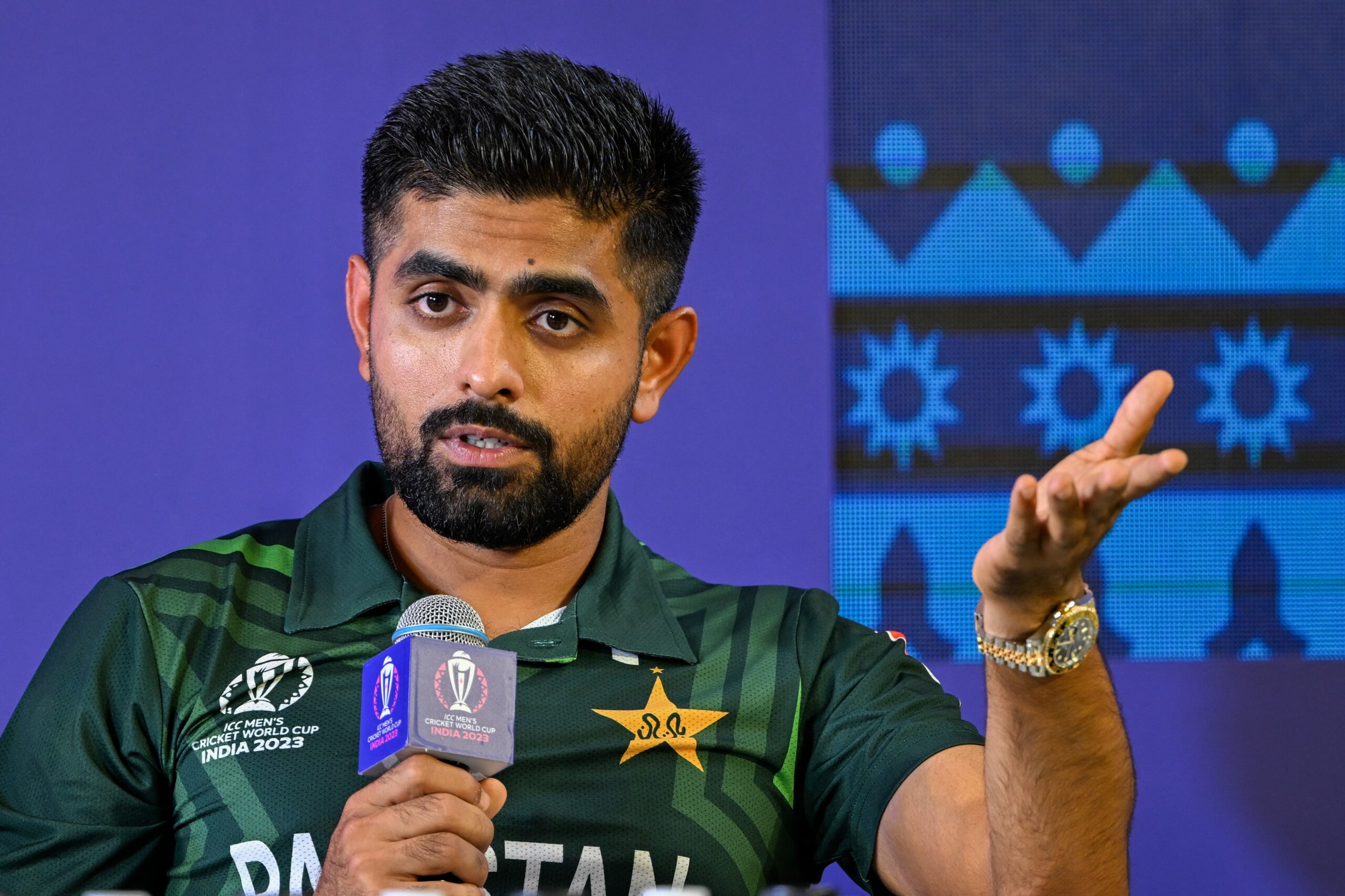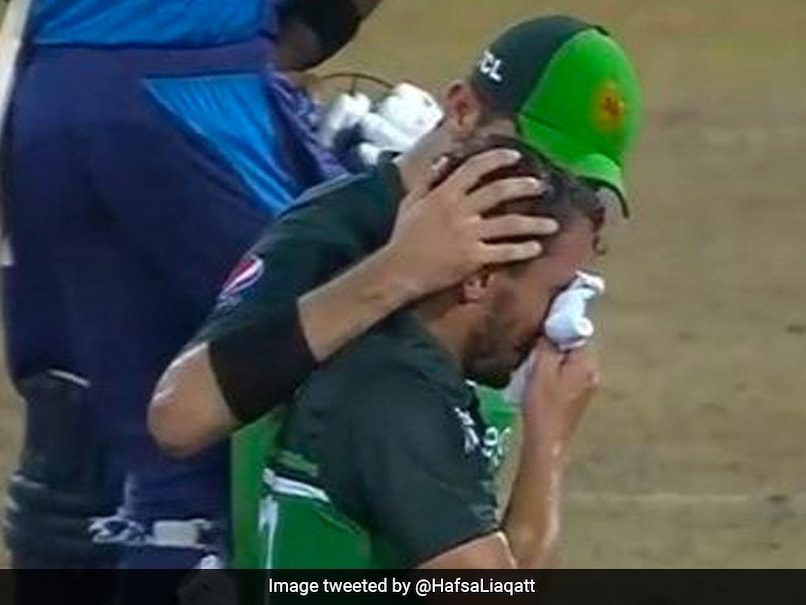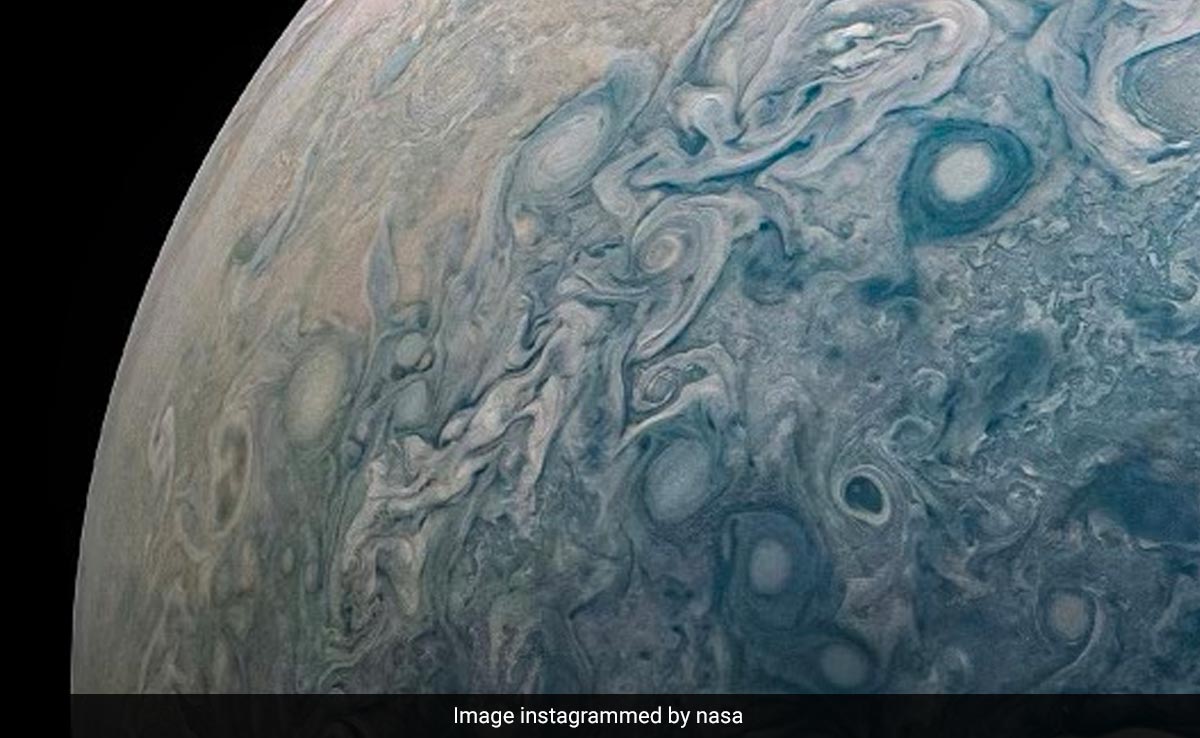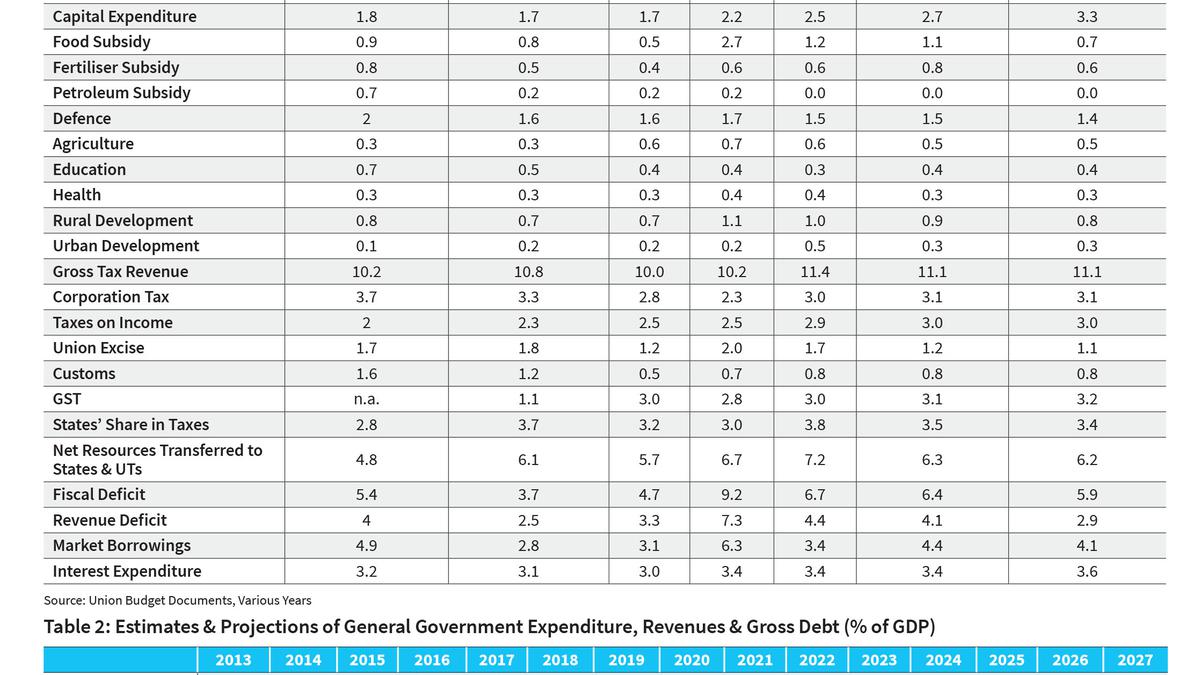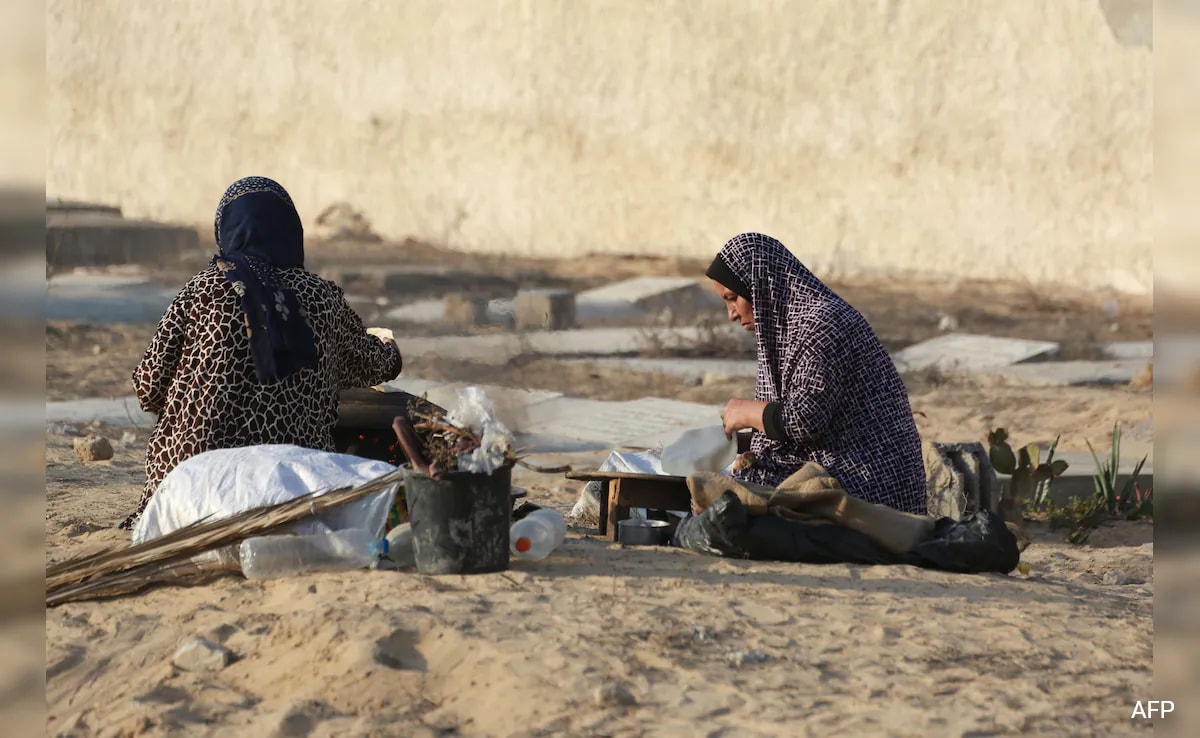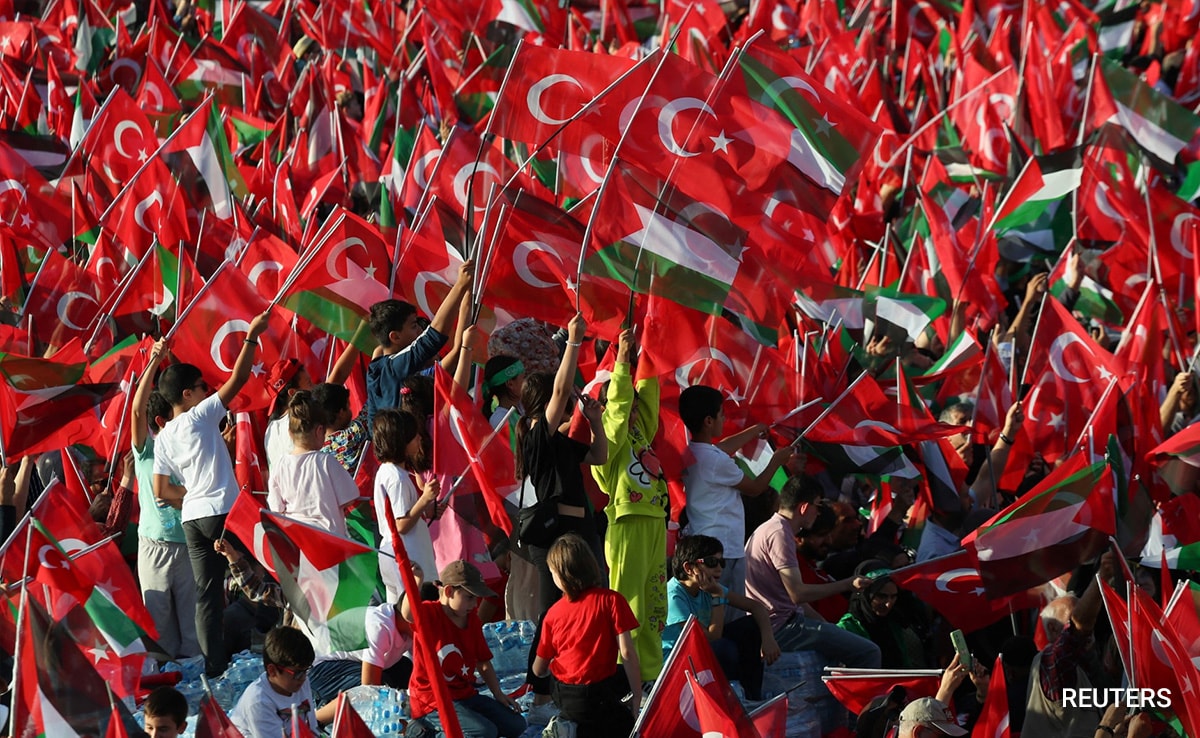Watch: Profile | Masoud Pezeshkian, Iran’s new President
When Iran held the first round of its Presidential elections, on June 28, Masoud Pezeshkian was a relatively obscure figure to the outside world. His main rival, Saeed Jalili, a former chief nuclear negotiator, was a known conservative. However, Pezeshkian, a reformist, emerged as the highest vote-getter in the first round, 42.5% votes, while Jalili finished second with 38.8% vote. As neither candidate won 50%, they faced a run-off on July 5.
In the run-off, there was a consolidation of conservative voters behind Mr. Jalili. Mr. Pezeshkian’s chances were dependent on a larger turnout by Iran’s liberal-minded voters. The run-off saw a 50% turnout, and Mr. Pezeshkian, the 69-year-old former heart surgeon, won 53.3% of votes to become the Islamic Republic’s ninth President. Mr. Jalilee polled at 44.3%.
As Mr. Pezeshkian assumes the presidency, the highest elected office and the second most powerful constitutional office in the Islamic Republic, his hands are full. Iran, battered by western sanctions, is going through a serious economic crisis. Popular protests are a new norm. The U.S. is in an election year with Donald Trump, who destroyed the nuclear deal, being the frontrunner. In West Asia, Iran’s proxies are in a prolonged war with Israel. A reset would not be easy.
His supporters want reforms, but the establishment wants the status quo. Mr. Pezeshkian’s challenge is to do what even his mentor, Mohammad Khatami, failed to do–bring in incremental reforms at home, steady the economy, and stabilise Iran’s ties abroad.
Script and Presentation: Stanly Johny
Video: Thamodharan B.
Production: Yuvasree S

